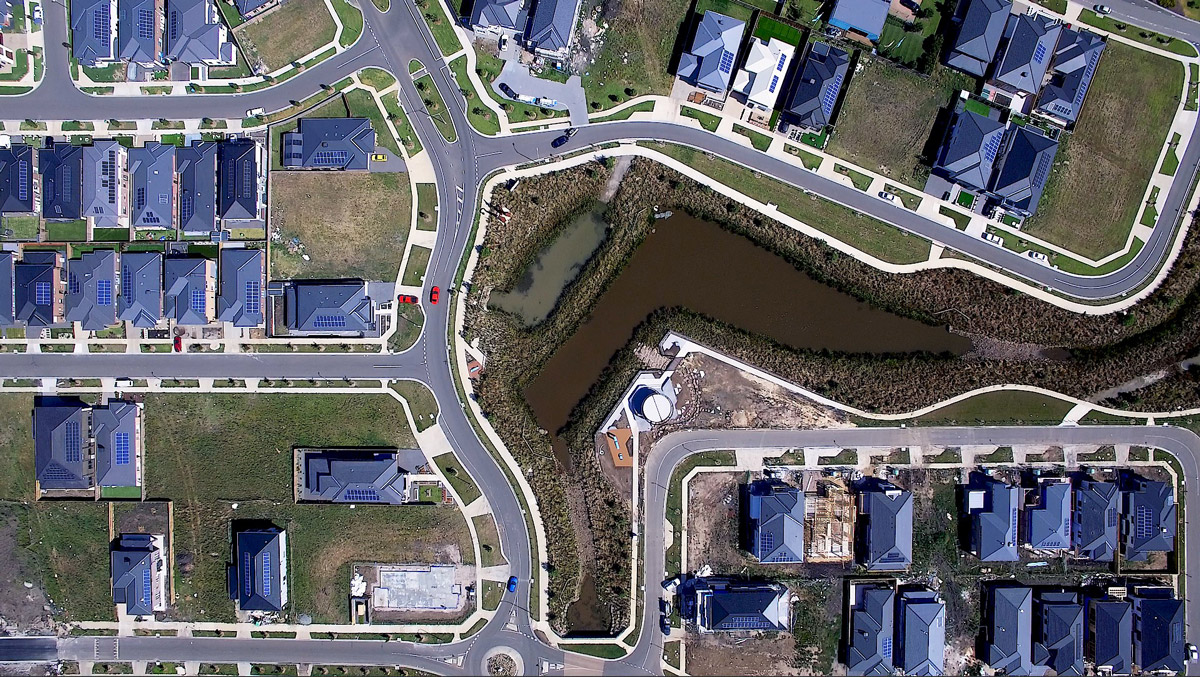Responding to climate and growth-related challenges is not new for the urban water sector, but the pace, uncertainty and potential magnitude of changes is straining current urban water infrastructure.
Integrated water management (IWM) offers a process for making urban water systems more resilient. And pleasingly, urban water policies and strategies across Australia increasingly emphasise diverse, fit-for- purpose water sources and more integrated management of limited water resources. Although the benefits of IWM are generally accepted, funding, financing and delivery at scale remain as barriers for several reasons:
- IWM and liveability projects often consist of unique, area-specific investments, rather than systematic, ongoing initiatives implemented at the scale of an entire city.
- The water supplied by these liveability projects constitutes only a minor fraction of both current and expected future demand. Small, gradual increases in water provided by these initiatives are unlikely to fulfill policy goals and targets.
- Long-term water security investments are being challenged by immediate concerns about affordability.
- The expenditure by utilities/councils on liveability projects is often restricted to benefits that directly impact their customers. As such, they are limited in their ability to recoup costs from customers for benefits that other sectors receive.
- The administrative costs and complexity associated with these projects are significant, particularly when trying to secure cooperative funding for the diverse benefits that liveability projects offer.
- A substantial reliance on external grants introduces uncertainties about responsibility and funding for the long-term costs associated with these projects.
- Despite some examples of green bonds, innovative green financing strategies and delivery models are still limited. There’s room for increased integration between nutrient trading schemes, nature-based solutions, natural capital and offset accreditation, among others.
- Increasing interests rates after prolonged very low levels creates both opportunities and challenges.
A four-part webinar series by Water Services Association of Australia (WSAA) and Water Sensitive Cities Australia is doing a deep dive into the challenges and opportunities in funding water-enabled liveability.
At the first seminar (which ran on Wednesday 30 August 2023), 3 panel members defined the challenge:
- Jeremy Cheesman (Marsden Jacob Associates) discussed the differences between funding and financing, the various sources available to water utilities and some common barriers.
- Brendan Flynn (Public and private sector leader) outlined the government position as the shareholder in most instances. Current economic conditions mean that most governments have limited capacity to fund new water infrastructure.
- Greg Finlayson provided case studies of IWM projects and the private sector’s role in financing and executing IWM infrastructure.

The remaining webinars in the series will explore options for addressing the challenges and then how to implement them. Webinar 2 – Broadening our horizon will:
- Introduce examples from other sectors and/or countries on opportunities for innovation
- Summarise the current use of green financing among WSAA/WSCA members and their shareholder governments
- Identify technological developments
- Explore practical consideration for application to the Australian/NZ water context.
Keep an eye out for updates on the other webinars.
Stop press – Register now for INFFEWS training
The first step to funding and financing water sensitive investments is valuing them. You can do this using the INFFEW tools – the Benefit:Cost Analysis Tool and the Value Tool – created by the CRC for Water Sensitive Cities.
Register your interest in our next round of training on using these tools:
- Benefit:Cost Analysis Tool – Monday 4 December 2023
- Value Tool – Monday 11 December 2023
Transforming Thailand’s Western Lower Chao Phraya River basin with multifunctional blue–green corridors

Water Sensitive Cities Australia at OzWater2025

Monitoring nature-based solutions using low-cost IoT sensors

Shaping inclusive climate policy through real stories

